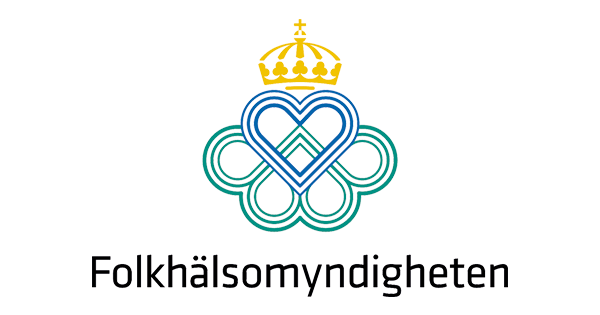The new scenarios presented now run from February 20 to May 20, 2022 and are included in the Public Health Agency’s eighth interim report to the government. Scenarios should not be viewed as a prediction, but rather are developed to illustrate a potential process that could form the basis for planning in healthcare.
The Swedish Public Health Agency estimates that the new scenarios are more uncertain than those presented previously because the long-term effect of the omikron variant is difficult to predict. One factor is that the darker number in the spread of infection is now higher, due to changing recommendations for testing. In addition, one of the scenarios is based on the assumption that a hypothetical virus variant as yet unknown of particular interest will be introduced. This refers to a viral variant that, according to WHO, is judged to meet various criteria, such as increased infection, morbidity and mortality.
Less spread of infection
The prevalence of infection is likely to continue to decline rapidly, then stabilize after February and remain at low levels until summer.
We are in a new situation in a pandemic where there is broad immune protection among the population, because many are being vaccinated and have become infected. Even if infections increase again, state epidemiologist Anders Tegnell says, many are unlikely to suffer from serious illness.
There are two different scenarios presented:
- Scenario 0: Continuous omicron variable propagation. The prevalence of infection decreases until it levels out at very low levels from March through summer
- Scenario 1: A new hypothetical variant of the virus of particular interest is expected to be developed and introduced around March 20, which is as infectious as Omicron. Among people previously infected with omicron, the protective effect against the new virus variant is assumed to decrease after three months. In the first scenario, infection prevalence will increase in the spring of 2022 and will peak in mid-May.
The first scenario should be seen as an illustration of a hypothetical development. This is in the event of the emergence of a new viral variant of particular interest, which has the potential to circumvent the protective effect of both vaccination and previous infection. The Swedish Public Health Agency does not consider a development in scenario 1 as likely, but it cannot be ruled out.
Therefore, it is important to have a high and continuous level of preparedness in healthcare and care. Good hygiene is the key to preventing the spread of infection. By continuing national monitoring and testing in health and care, we can see changes in infection prevalence and care needs, as well as discover new viral variants, Anders Tegnell says.
Important in vaccination
The new scenarios extend through May 20. The Swedish Public Health Agency estimates, based on the scenarios, that there is currently no reason to introduce further infection control measures. But the epidemic is not yet over, and vaccination remains the most important tool for preventing serious consequences in the event of further spread of infection.
It is also likely that COVID-19 will require repeated vaccination efforts for all or some of the population during the upcoming winter seasons. Currently, just over 84 percent of the population over the age of 12 has been vaccinated with at least two doses.
– Since we know the vaccine provides good protection, but the effect diminishes over time, I really want to encourage everyone to take the recommended doses. Anders Tegnell says that unvaccinated people are still overrepresented both when it comes to their hospitalization and IVA care.
About scenarios
The model assumes that all people 12 years of age and older have been offered the vaccine, but that the effect of the vaccine diminishes over time. In the scenarios, the protective effect against infection with the omicron variant is assumed to be 50 percent after a third vaccine dose. Against severe disease, the protective effect is higher and lasts longer. Although there is a great deal of uncertainty, the scenarios also take into account a higher number of unreported infections as a result of the decline in testing in the country.
- Scenario 0: Continuous omicron variable propagation. The prevalence of infection decreases to subside and remains at very low levels after February and into summer.
- Scenario 1: The model assumes that a new type of hypothetical virus of particular interest, which is as infectious as Omicron, will be developed and introduced in Sweden around March 20 and will spread. Among people previously infected with omicron, the protective effect against the new virus variant is assumed to decrease after three months. In this hypothetical scenario, infection prevalence increases in the spring of 2022 and peaks in mid-May.
New infection spread scenarios will be presented by the Swedish Public Health Agency on April 20.
Read more
Scenarios for Continuous Deployment – Interim Report 8
Category: news

“Extreme tv maven. Beer fanatic. Friendly bacon fan. Communicator. Wannabe travel expert.”







More Stories
Why Rare Earth Metals for Electric Cars Are Crucial for Modern Mobility
“We want to promote critical rules approach”
“A lot happened during the trip,” Jönköping County Council